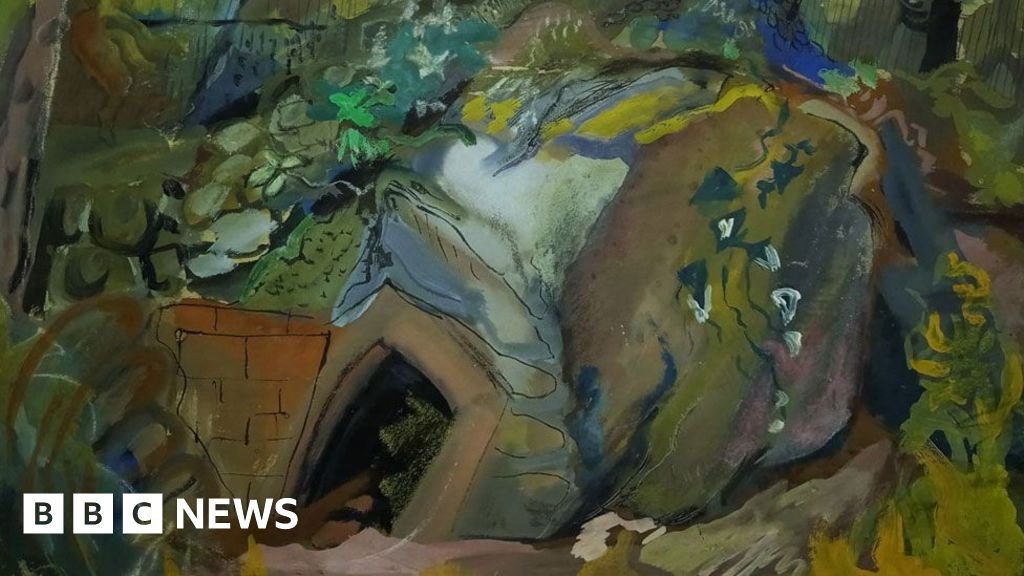BBC News, Cambridgeshire
 BBC Studios
BBC StudiosA painting bought for £35 was revealed to be by New Zealand artist Frances Hodgkins on Monday and worth up to £50,000.
Robjn Cantus acquired the wrongly-attributed picture in 2019, as part of Hertfordshire County Council’s sell-off of most of its 20th Century British art collection.
The art blogger and author, who lives near Cambridge, discovered its true provenance on BBC One’s Fake or Fortune.
But why would a council buy works by artists such as Henry Moore and LS Lowry n the first place? The BBC has been finding out.
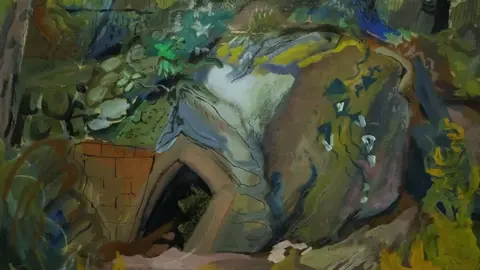 Robjn Cantus
Robjn CantusIt all goes back to a scheme called Pictures for Schools, set up in the wake of World War Two and the brainchild of painter and teacher Nan Youngman (1906 to 1995).
“The idea was to give children artwork that was inspiring to look at,” said Mr Cantus, author of Nan Youngman & Pictures for Schools.
“Before Nan, a classroom would be full of sepia reproductions of paintings, from the National Gallery – or posters given out by the Post Office as empirical propaganda – Nan wanted paintings by living artists in the schools. “
In 1945, she was chairman of the Society of Education through Arts and she initiated a series of exhibitions of contemporary art for sale at affordable prices to education authorities.
She called these exhibitions Pictures for Schools.
Who was Nan Youngman?
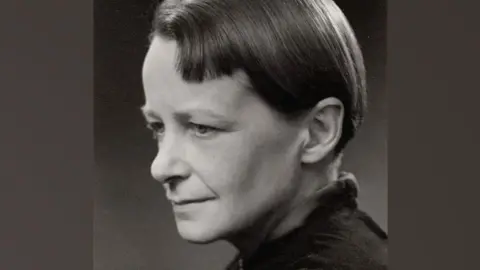 Ramsay & Muspratt
Ramsay & MusprattMs Youngman trained as an artist at the Slade School of Art before qualifying as a teacher.
She divided her time between teaching and art, exhibiting in London galleries throughout the 1930s, before moving to Cambridgeshire with her partner, sculptor Betty Rea.
In 1944, she became the county’s art adviser under the education pioneer Henry Morris, the founder of the village college secondary school system, a great supporter of the art scheme.
Mr Cantus said she also put on “remarkably successful” post-war exhibitions.
“She was an incredible artist as well as a visionary for Pictures of Schools, but because she’s a woman, her work is downplayed,” he added.
How did the scheme work?
 Robjn Cantus/Cambridgeshire PFS
Robjn Cantus/Cambridgeshire PFSEach county’s library service stored the artwork – which could be paintings, drawings, sculptures or textiles – and then loaned them out to schools on rotation.
Mr Cantus said the idea was “every term, there would be something fresh to look at”.
“The school could use a painting of, for example, a tractor, to teach about farming, the weather, machinery – or art,” he said.
The scheme caught on and collections of art to lend to schools were established by many authorities, including Rochdale, Manchester, Carlisle, Southend, Great Yarmouth, Derbyshire, Lancashire, the West Riding, Cambridgeshire and Hertfordshire.
Mr Cantus said: “Most of the children would never have had the opportunity to go to museums, there were no school trips, so the idea was to bring museum-quality art to schools.
How did it start?
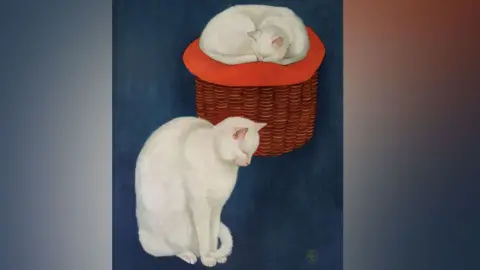 Robjn Cantus/Derbyshire PFS
Robjn Cantus/Derbyshire PFSThe first county to participate in the scheme was Cambridgeshire, which was the second poorest county in England at the time.
Cambridgeshire’s first purchase was by LS Lowry, best known for his urban landscapes peopled with “matchstick men” – the council sold it for £541,250 in 2009.
Meanwhile, Hertfordshire County Council commissioned Henry Moore to create a piece called Family Group for one of its schools in Stevenage.
Mr Cantus said: “Some of the artists would lower their fees so that local authorities would be able to afford the works, but many of the works were cheaper than normal exhibitions as the artists were not being charged the same fees as they would if they were exhibiting in a commercial gallery.”
At its peak, Cambridgeshire County Council owned about 400 artworks, while Hertfordshire owned nearly 2,000 before it sold off the majority of its collection.
What is its legacy?
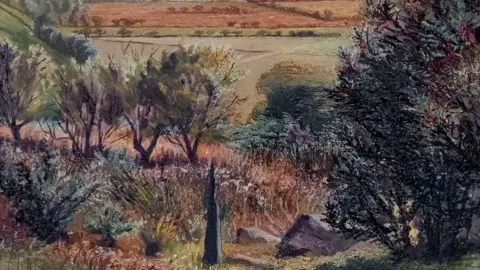 CJ & AB Rea/Nan Youngman Estate
CJ & AB Rea/Nan Youngman EstateIt now seems remarkable that so many local authorities had art advisers with budgets to buy contemporary art.
The last Pictures for Schools exhibition was in held in1969, but some authorities – including Cambridgeshire and Hertfordshire – continued to buy works until about 2000.
Mr Cantus said the ability to move the works around to schools became more of a problem, as did storage, restoration and how to insure them.
And as council budgets were slashed the works, many seen as old-fashioned, ceased to be school resources and became assets for sale to pay for essential services.
Perhaps the idea of buying works of art by living artists and lending them to schools could only have arisen in “that post-war period of experimentation”, he continued.
“Everyone says how sad the scheme stopped, but everyone agrees, that while it’s a wonderful idea, it would be challenging to implement today.”

